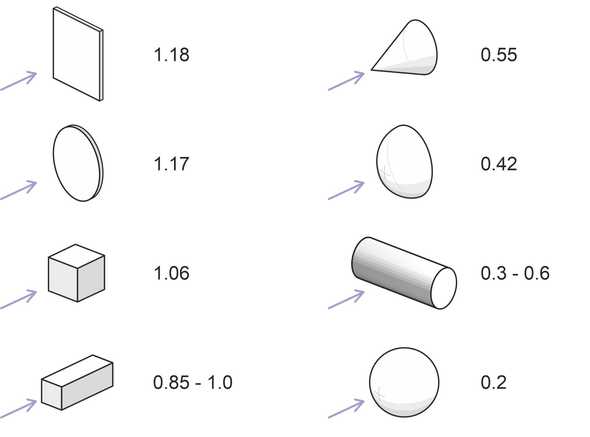SDK Fuselage Lateral CX ‘’…The default value is 0.4 - which is about the perpendicular drag of a cylinder - and the value should usually fall between 0.2 and 0.8 for most aircraft.‘’
This sentence is maybe the cause of many aerodynamic problems, if developers are following it.
0.2 - 0.4 doesn’t equal the drag of a cylinder, it equals the drag of a sphere, which results in unrealistic low drag for 98% of all aircraft.
0.8 actually equals the drag of a cylinder and should be used as a starting point / default value,
with a suggested maximum range of 1.3.
Testing values above 0.8 with the result of much more realistic aerodynamic behaviour additionaly proves that 0.2 - 0.4 shouldn’t be suggested anywhere.
Suggestion for: fuselage_lateral_cx
Range : 0.7 - 1.3
Default: 0.8
SDK Fine Tuning ‘’…Here you should also take a moment to set the Fuselage Lateral CX value: Fuselage CX has a d efault value of 4.0 …‘’
4.0 is probably a typo?
Additionally: The Cessna172 G1000 is currently using a fuselage_lateral_cx value of 4.3, which is most likely a mistake.
Answer from the SDK page:
The documentation will be updated with a new range, from 0.2 to 1.2, keep in mind that this is a recommended range and the value could be way above/under it but it will lead to unrealistic behavior.
The C172sp value will also change, 4.3 is indeed a mistake and it will be corrected in a future update.
Best regards

